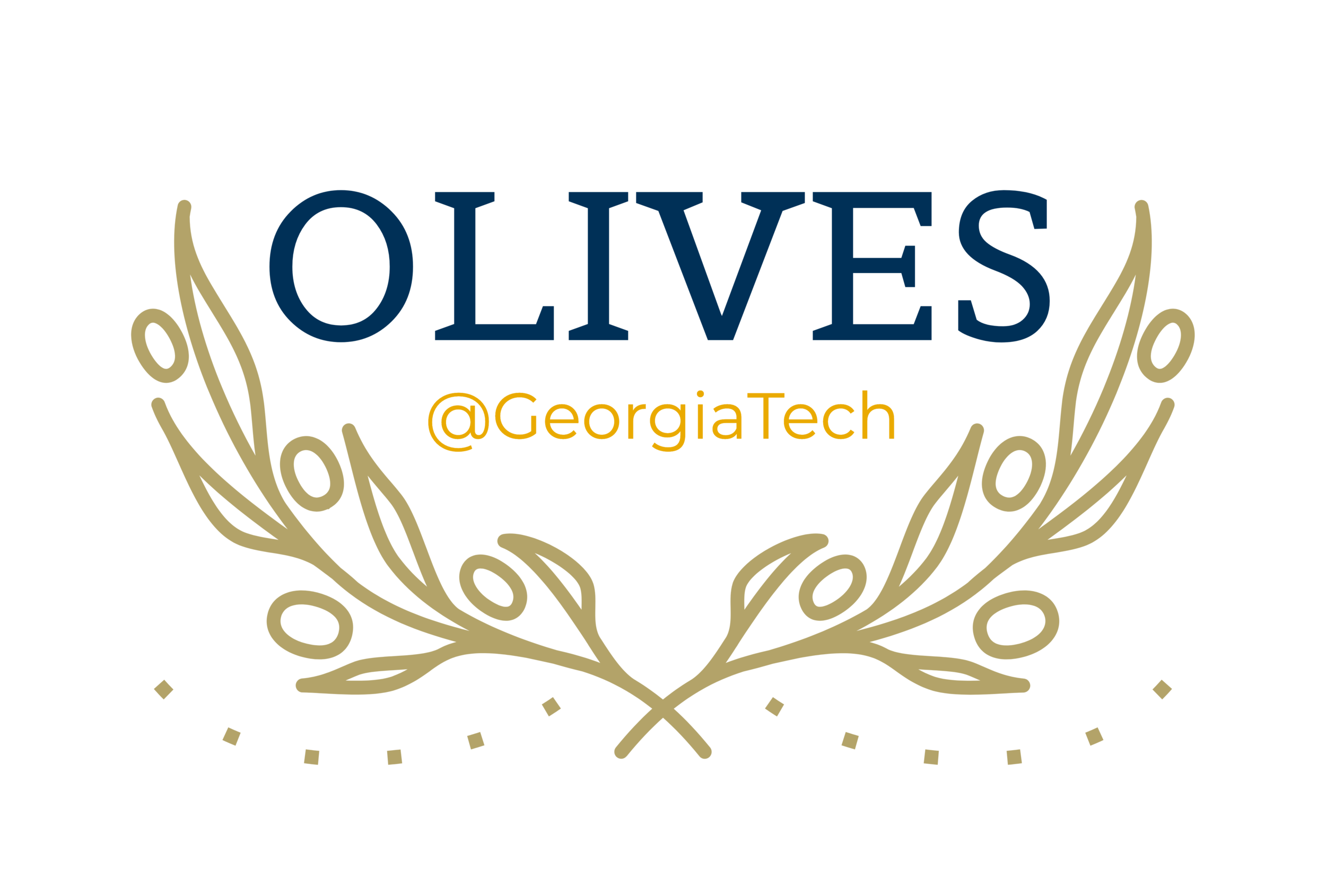Machine vision is mostly inspired by the human visual system. The natural scene statistics that shape our V1 cortex imbue computational benefits like sparsity and spatial constancy within the HVS. These benefits are studied and incorporated within learning systems. However, there are certain applications, including image/video quality assessment and visual saliency, that require direct modeling of the HVS. At OLIVES, we study these applications from a computational perspective and propose theories to bridge gaps between our understanding of the HVS with that of machine vision.
1.Visual Understanding through Quality Assessment and Saliency Detection
c.Saliency
i.Unsupervised Uncertainty Estimation Using Spatiotemporal Cues In Video Saliency Detection
ii.The role of visual saliency in the automation of seismic interpretation
2.Sensing and Reflection in human and machine vision
3.Stochastic Surprisal in Neural Networks
4.Human-Machine Uncertainty
a.Tackling Degradation of Machine Confidence by Simulating Human Label Uncertainty

